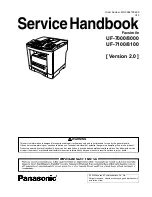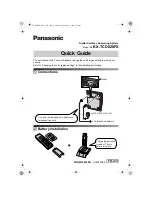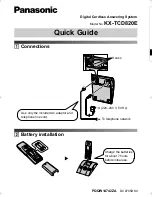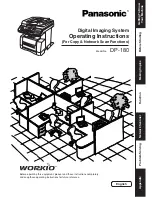
2 – 2 Needle
Your Baby Lock serger is set up with a size 14 industrial sewing machine needle (Organ DCx1F) which is
suitable for all light and medium and heavy weight fabrics. For very light weight fabrics you will want to a
size 11 needle. (See page 30). The semi – ballpoint design of the industrial needle allows you to use the
same needle for knits as well as wovens. Its quality and strength are specifically designed for high speed
sewing. An industrial needle will give perfect stitch formation through many hours of sewing. It is
recommended that the needles be replaced every third project.
2 – 3 Thread
All types of thread may be used on your Baby Lock, but you will find that 100% long – staple polyester
thread, cross wound on a cone will consistenly provide the best stitch performance. Because the threads
pass through many thread guides at a fast pace it is important that the thread be of uniform thickness,
high strength, and allow a minimum amount of linting.
Good quality cotton or cotton – covered polyester thread sew well, though they do produce more lint and
create the need to clean the machine more frequently. They work well for Overedging and seaming. For
narrow rolled edging, this thread may be too weak or too fuzzy for the desired effect. Poor grades of
these threads can result in frequent fraying and breaking.
Threads of other fiber content and weight may be used as well. Keep in mind, though, their strength and
thickness, as these factors determine the ease with which thread passes through the thread guides,
tension discs, needle and loopers. Specialty threads often require tension adjustment to be made. For
more information on specialty threads (See pages 27 ~ 28).
•
Cone thread
When using cone thread, place each cone securely
over the cone holders furnished on your machine. It
may be necessary to place one hand under the
thread stand while positioning the cone, in order to
avoid bending the stand. These cone holders
prevent the cone from spinning, thus allowing the
thread to feed off evenly. (It is not necessary to
remove the cone holders when using spool thread).
•
Spool thread
The spool thread caps are provided for use with
spool thread. Since most spools have serrated
edges that snag the thread when sewing, these caps
provide a smooth surface for even feed. Snap a
spool cap into the spool of thread. Be sure the
notched edge of the spool is down, and set the
thread on the spindle. The cap may cause the
spindle to be suspended on the spindle. (Do not
attempt to fit the cap on the spindle itself).
•
Thread nets
The nets may be placed over cones or spools when
using thread that has a tendency to “drop off” its
holder while sewing. For most thread they are not
necessary, but are frequently used with nylon, rayon
or silk threads.
6








































